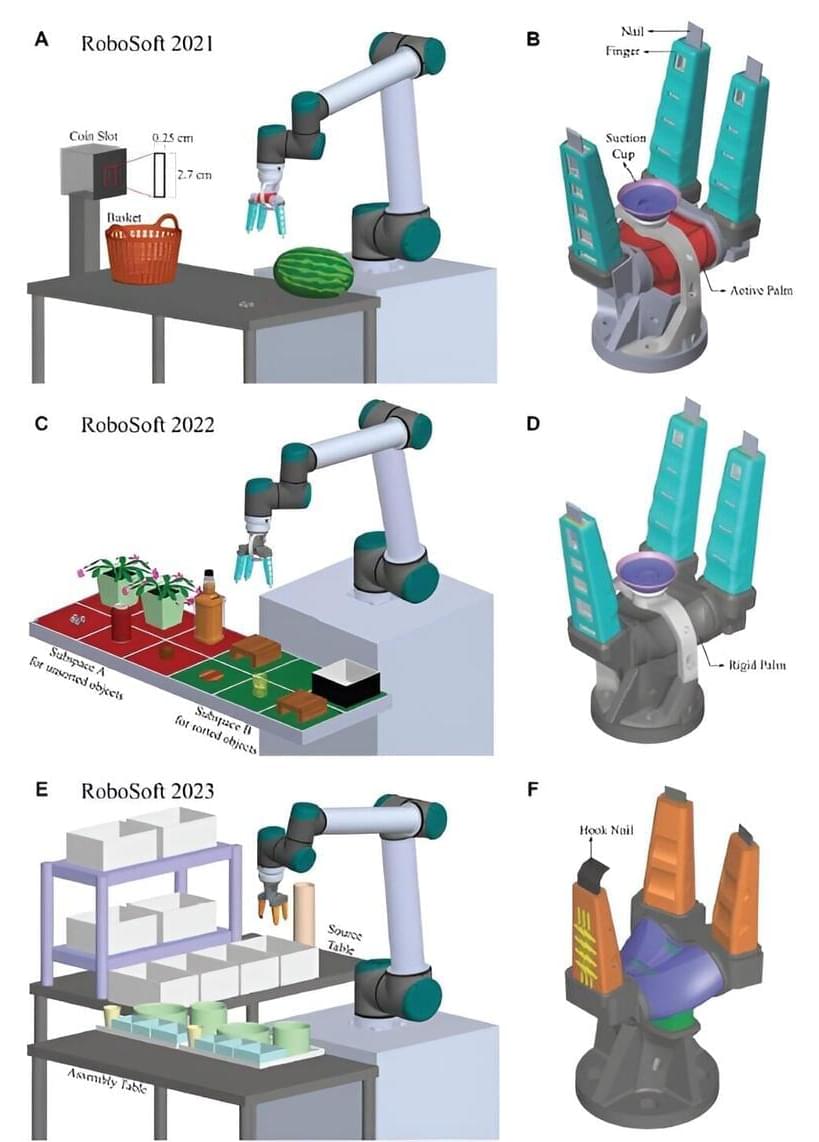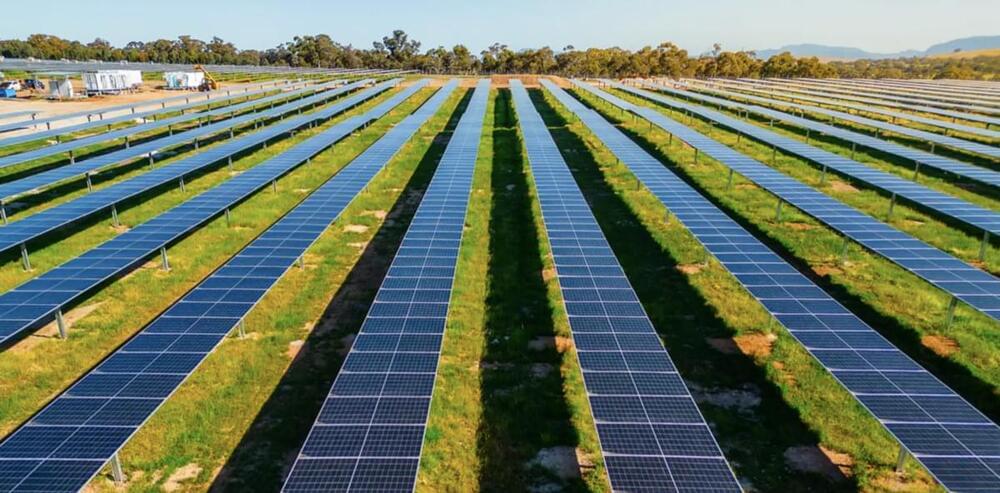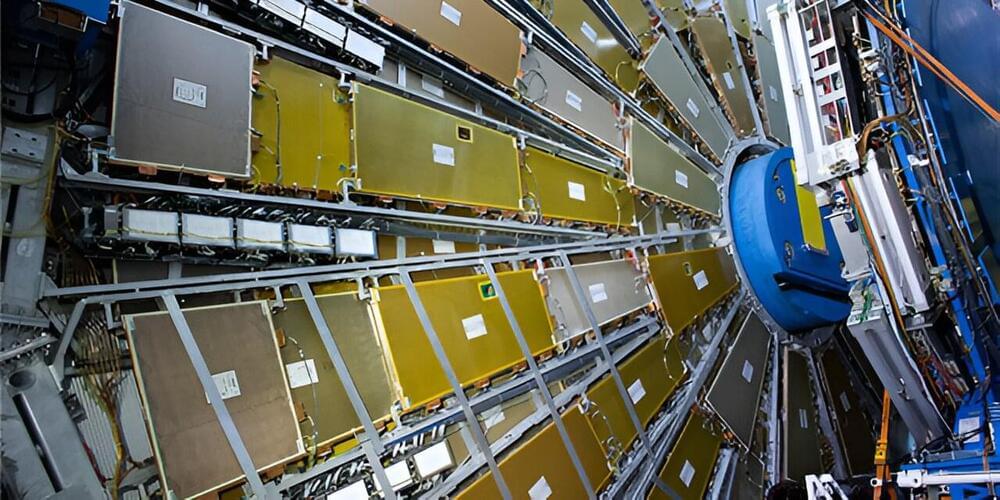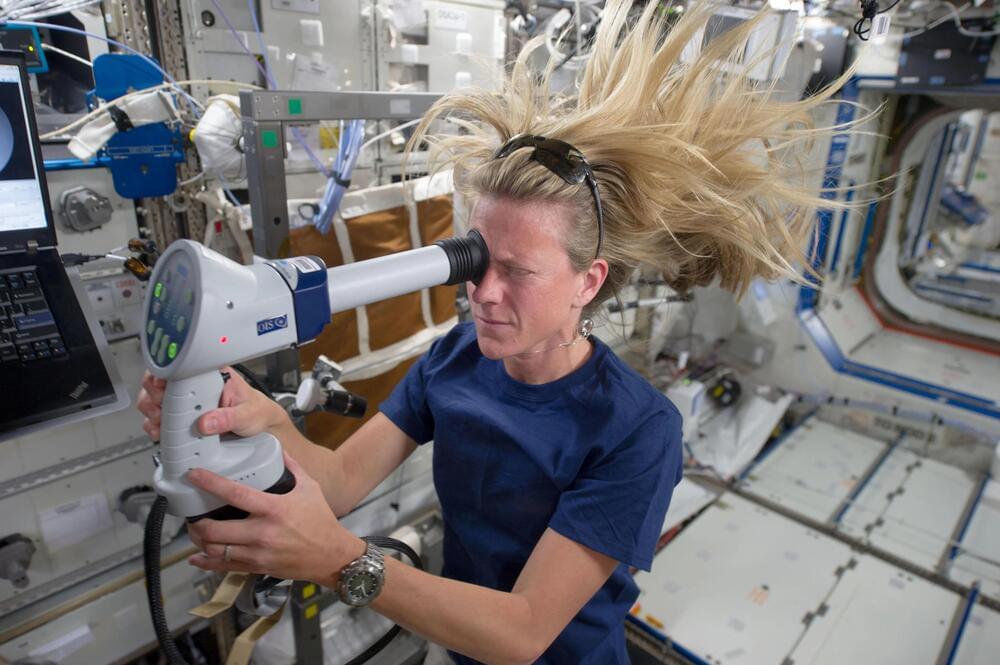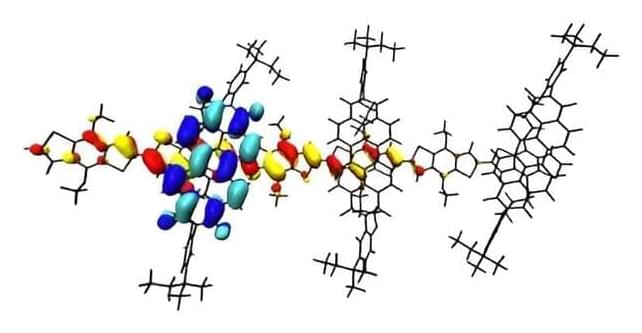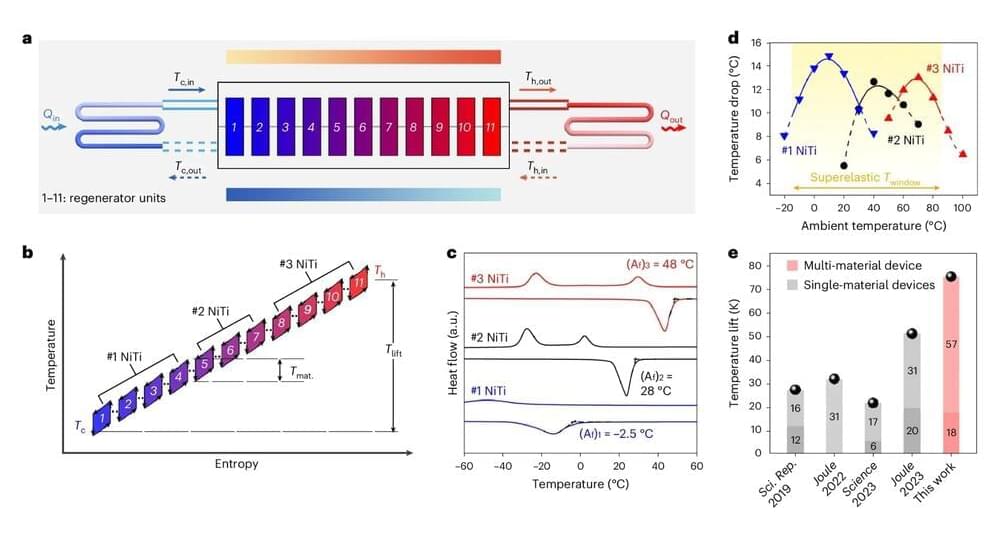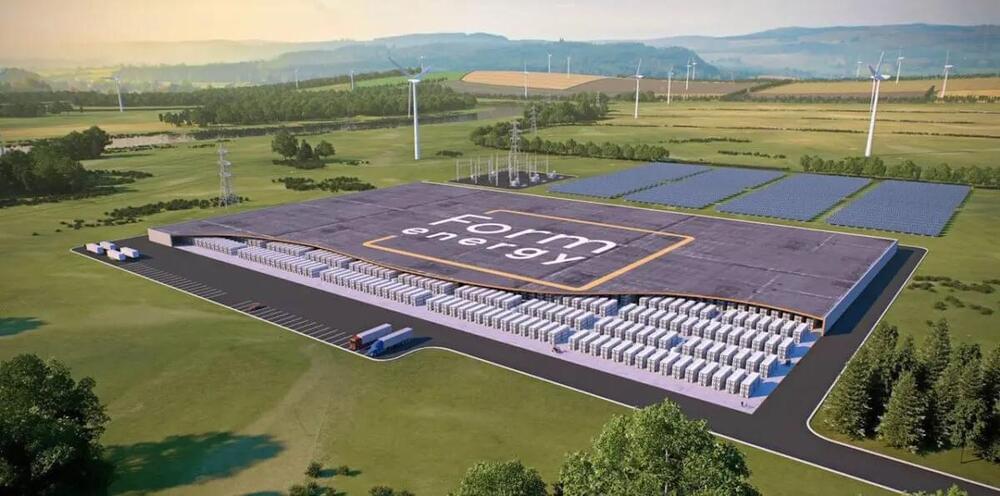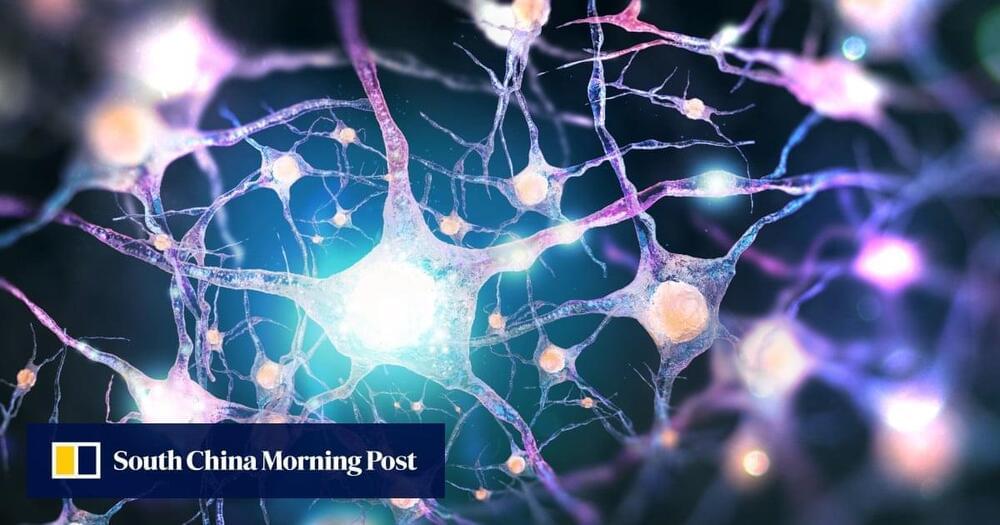Aug 22, 2024
For first time, DNA tech offers both data storage and computing functions
Posted by Shailesh Prasad in categories: biotech/medical, computing
Researchers from North Carolina State University and Johns Hopkins University have demonstrated a technology capable of a suite of data storage and computing functions—repeatedly storing, retrieving, computing, erasing or rewriting data—that uses DNA rather than conventional electronics. Previous DNA data storage and computing technologies could complete some but not all of these tasks.

